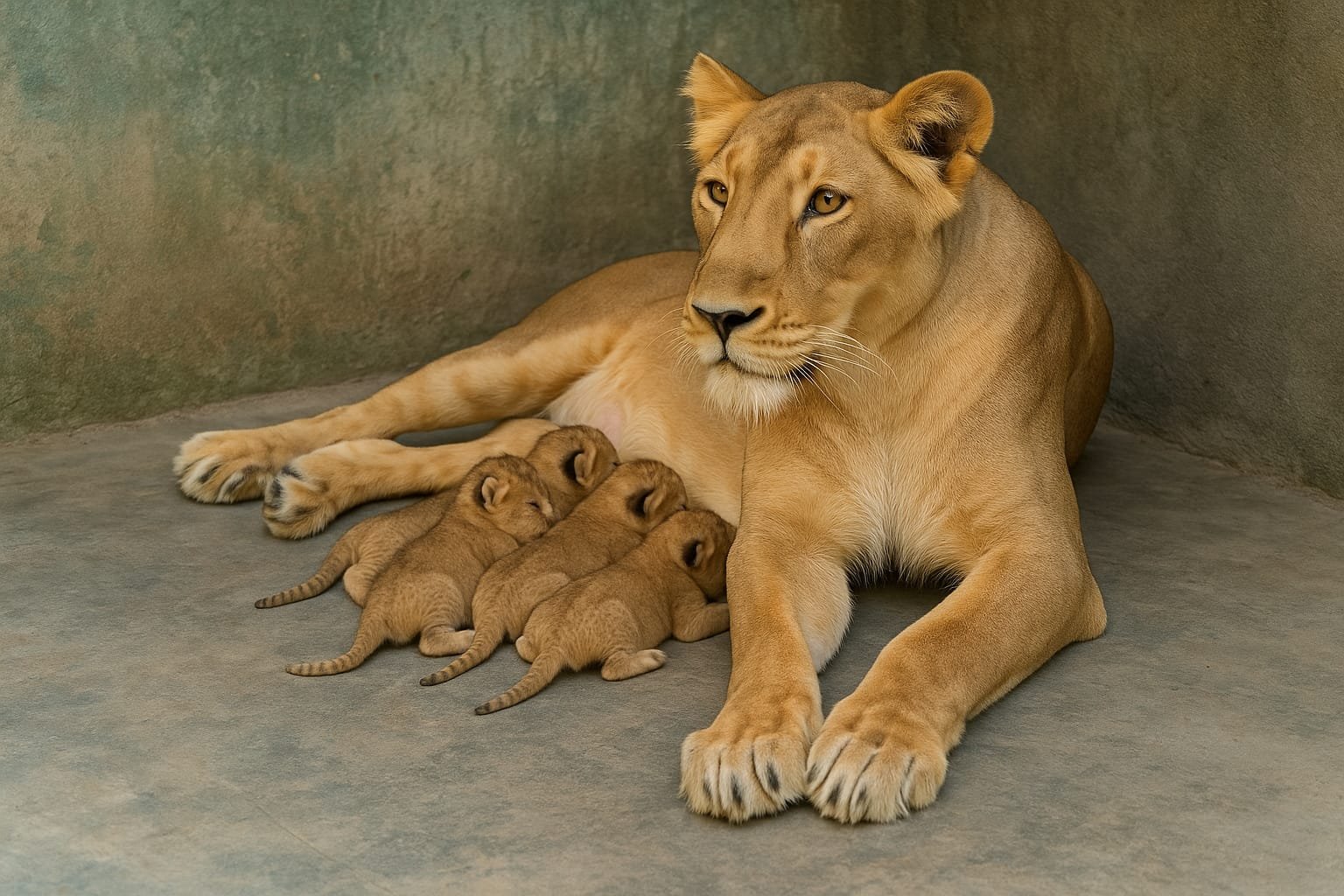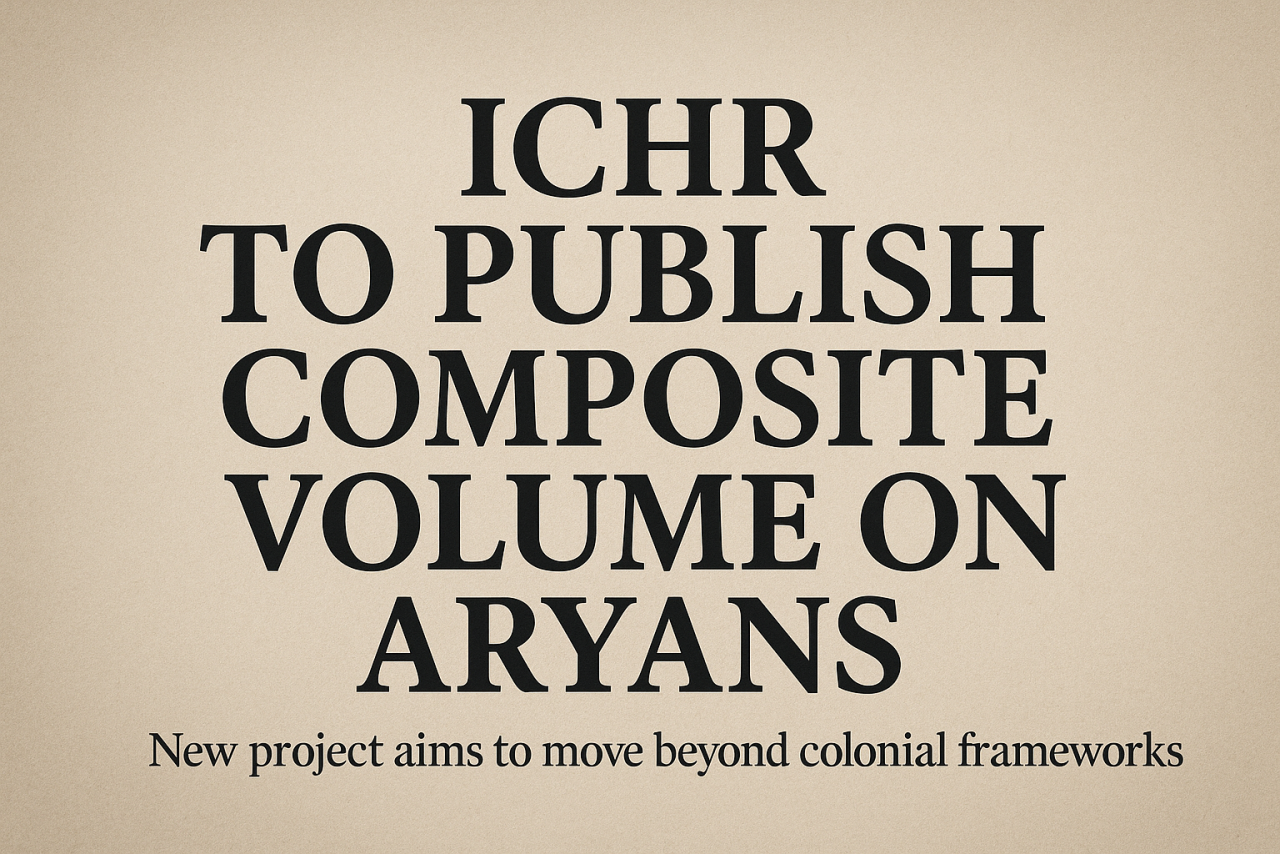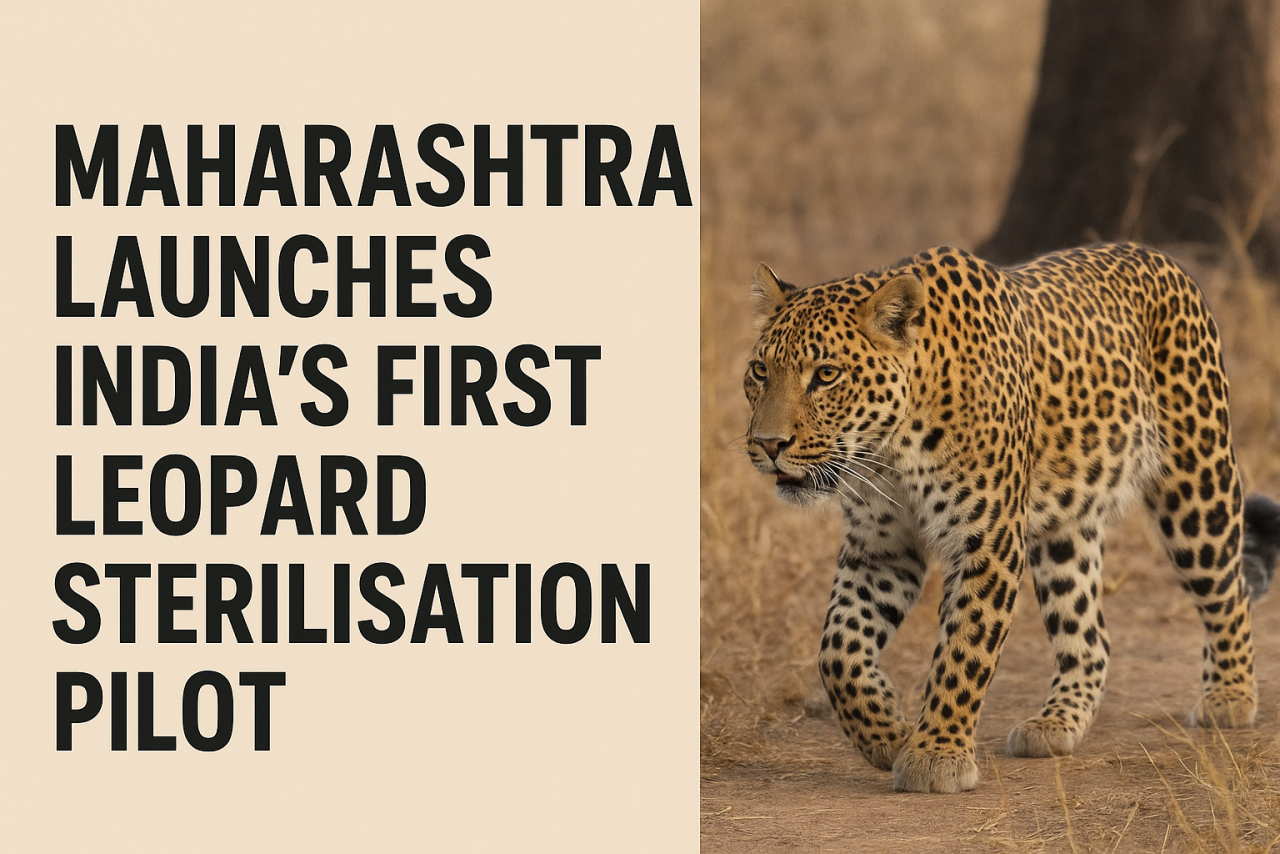
In a world where human-animal conflict and habitat loss dominate headlines, an uplifting chapter has quietly unfolded at the Delhi Zoo. On Sunday (April 27, 2025), five-year-old lioness Mahagauri gave birth to four healthy cubs — a moment of both biological success and institutional revival. This marks the zoo’s first successful lion breeding since 2009, and with it comes a deeper story of resilience, adaptation, and hope.
A Rare and Precious Event
Successful breeding of Asiatic lions is not merely a zoo event; it is a conservation milestone. Asiatic lions, once widespread across India, now cling to survival primarily in Gujarat’s Gir forest. Every birth in captivity, especially outside of Gir, strengthens the genetic safety net essential for the species' survival against unforeseen calamities like disease outbreaks or natural disasters.
Mahagauri and her mate Maheshwar, both brought from Gujarat’s Junagadh in 2021, symbolize a deliberate strategy: to revitalize the zoo’s endangered species program after a lull of over a decade.
Beyond the Celebration: A Reflection on Zoo Ecosystems
The cubs will spend their first 26 days closely monitored under their mother’s care. But their arrival also highlights an urgent need to rethink zoo management. In recent years, Delhi Zoo suffered reputational blows due to incidents of animal deaths and human error, painting a worrying picture of neglect and resource scarcity.
This birth, therefore, is more than just nature’s course—it is a litmus test for the zoo’s ongoing reforms. It challenges zoos everywhere to remember that they are not mere exhibits for public entertainment; they are frontline guardians of biodiversity.
The Science and Sensitivity Behind Lion Breeding
Breeding big cats in captivity is an intricate dance of biology and behavioral science. From creating compatible pairs to managing postnatal care, success depends on an understanding of animal psychology, not just veterinary skills. Early days are critical: cub mortality is high, and even minor disruptions can prove fatal.
Officials have rightly noted that any movement of the cubs for health checks will depend on Mahagauri’s behavior. This respectful approach—to prioritize the mother’s instincts over rigid human timetables—shows a welcome shift toward ethical animal management.
Looking Ahead: From Cubs to Conservation Champions
If all goes well, these four cubs could eventually serve as ambassadors for their wild cousins. Educational outreach, improved public exhibits, and conservation messaging built around them could foster a new generation of urban Indians who view wildlife with empathy, not mere curiosity.
Moreover, the Delhi Zoo is set to introduce two smooth-coated otters — another vulnerable species — soon, signaling that broader ecological renewal is on the agenda.
A Broader Lesson in Hope
At a time when biodiversity loss often feels irreversible, Mahagauri’s cubs are a roaring reminder: Recovery is possible, but it demands intentional effort, scientific wisdom, and a deep ethical commitment.
The real triumph is not just that four lions were born — it is that a new culture of conservation might be taking root, quietly and patiently, in the heart of India's capital.





















